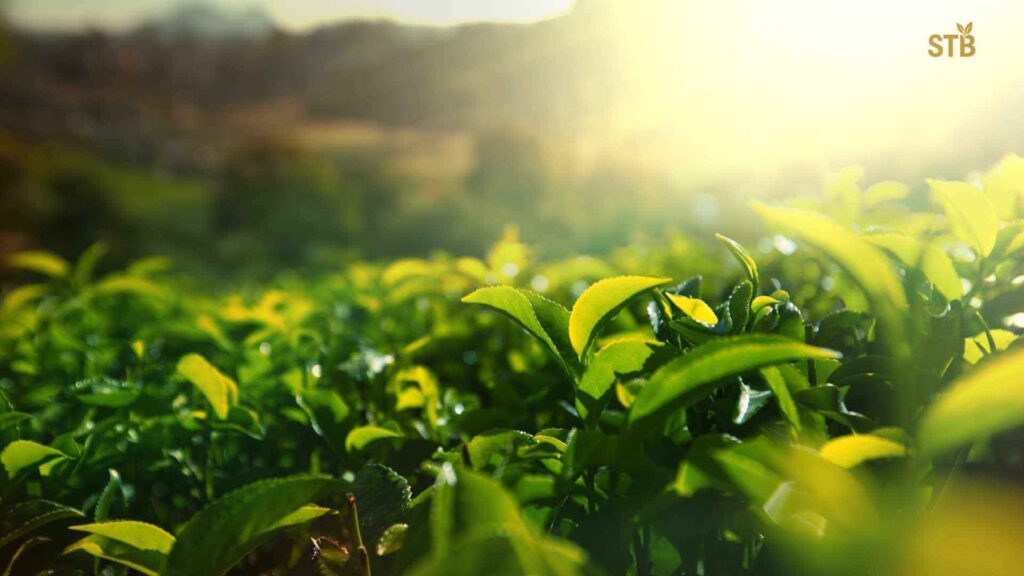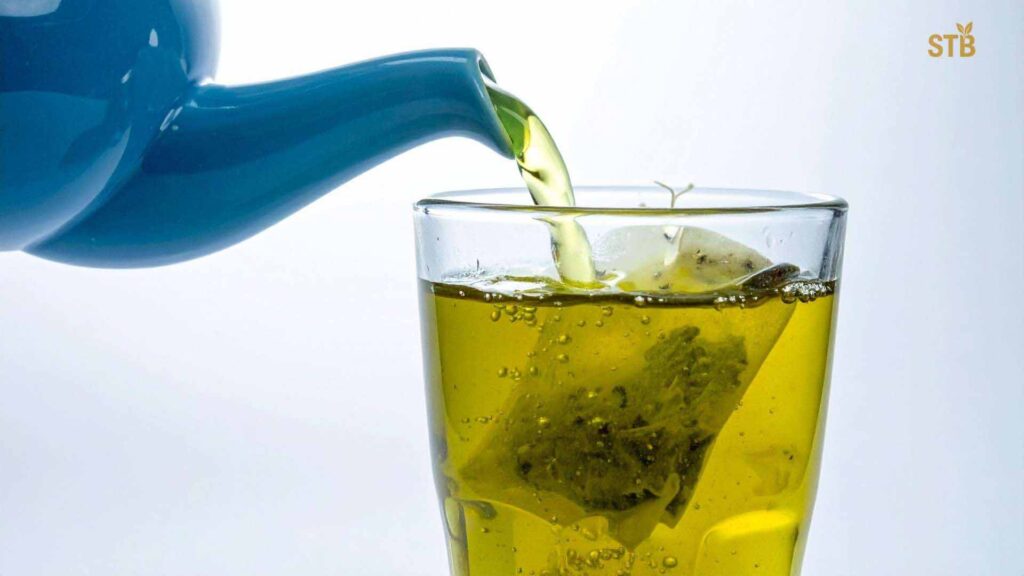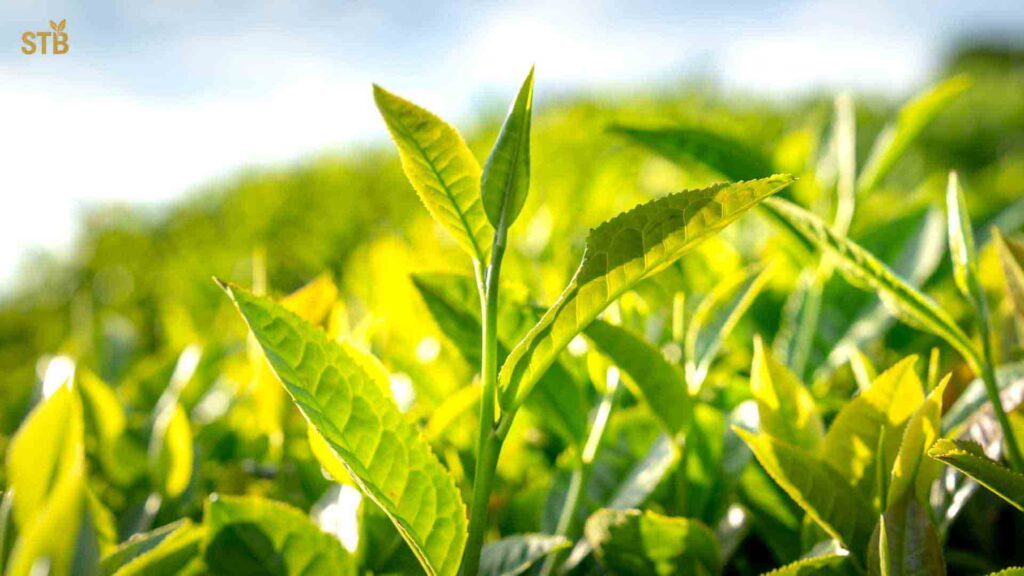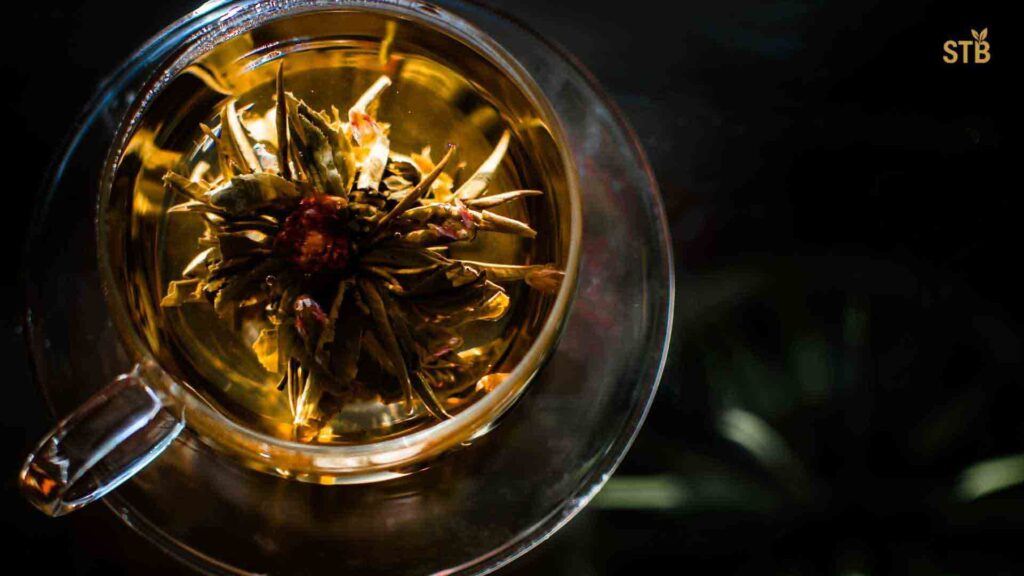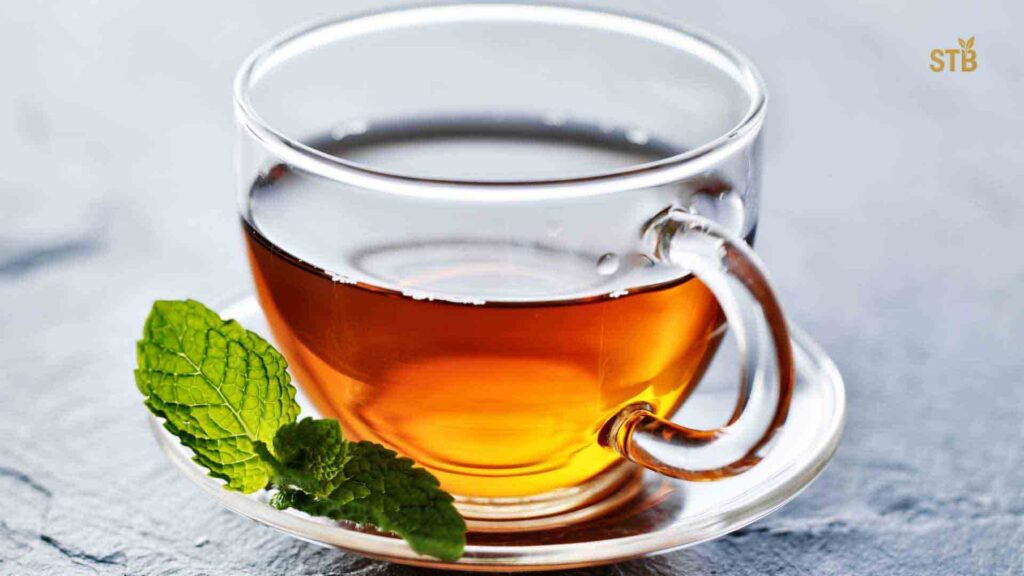Loose Leaf vs Tea Bags
In Bangladesh, a nation where the morning sun rises and sets on a cup of tea, this beloved beverage is far more than a drink; it is a cultural cornerstone. From the bustling streets where “tong cha” provides an affordable comfort to the cherished moments shared with family and guests, tea is a symbol of hospitality, community, and daily routine. This deep-rooted tradition, however, has evolved over centuries, presenting modern tea lovers with a fundamental question: which form of tea offers the most authentic and rewarding experience?
For generations, the choice has been between the familiar, convenient tea bag and the more traditional, whole-leaf brew. This choice is not merely about ease of preparation; it represents a decision between fleeting convenience and a nuanced ritual. This comprehensive guide will explore the profound differences between these two options, delving into their impact on taste, long-term value, and health. The analysis is designed to help the discerning tea enthusiast in Bangladesh discover which choice truly unlocks a superior experience, transforming a simple beverage into a journey of flavor and wellness.
The Great Debate: A Head-to-Head Comparison
The Anatomy of Tea: From Dust to Whole Leaf
The most significant difference between loose leaf tea and tea bags lies in the very composition of the leaves themselves. This is the foundational distinction that influences every other aspect of the tea-drinking experience. For most mass-produced tea bags, the contents are not whole tea leaves but rather “fannings” and “dust”—the leftover, finely broken fragments from the processing of higher-quality tea. These tiny particles, inexpensive and readily available, represent a massive compromise in quality.
The physical state of the tea leaves is a critical determinant of their character. Whole, unbroken leaves, like those found in premium loose leaf teas, retain their natural essential oils and complex aromas. The meticulous, often hand-selected, leaves and buds preserve a full profile of nutrients and flavor compounds. When these whole leaves are properly steeped, they unfurl, releasing their deep, multifaceted flavor slowly and evenly into the water.
In contrast, the finely broken particles in tea bags have lost most of their essential oils and aroma due to their compromised structure. The high surface area of this “dust” causes it to release an intense flavor and color rapidly, often leading to a brew that is bland and one-note or, worse, bitter and astringent from an over-extraction of tannins. This physical distinction between whole leaf and fine dust is the single most important factor that dictates the quality of the final cup.
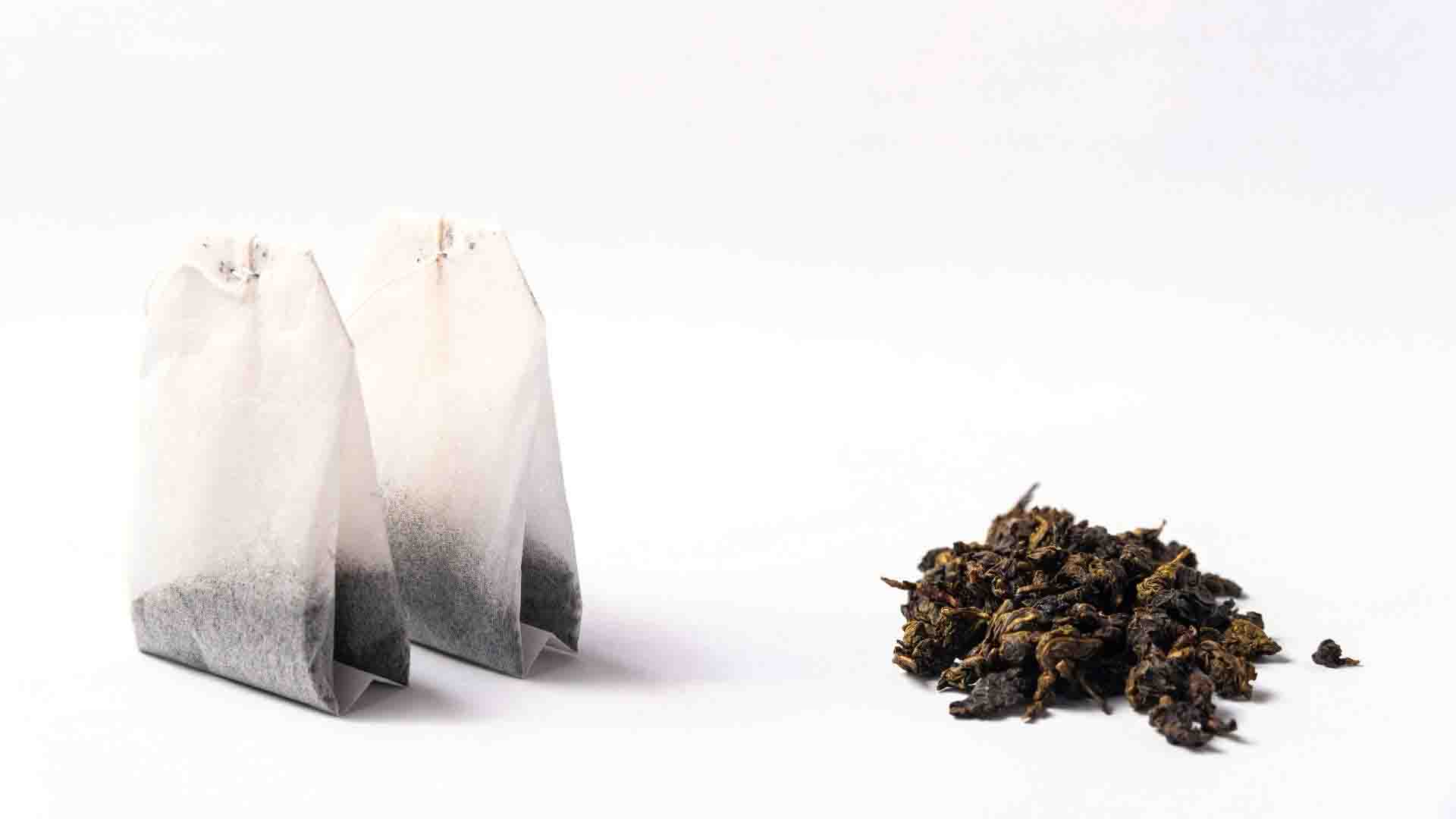
A Question of Taste: Unlocking a Richer Experience
Beyond the raw material, the flavor profile of loose leaf tea is in a league of its own. Where tea bags can seem muted and one-dimensional, loose leaf teas are renowned for their complex and nuanced tastes. Even bold varieties, such as traditional breakfast blends, exhibit a fuller depth of flavor when brewed from whole leaves. The secret to this superior taste lies in a concept known as “room to brew.”
Tea leaves are a living part of the plant and require space to expand as they absorb hot water. This natural unfurling process is crucial for the proper infusion of flavor and aroma. The tightly packed, small space within most traditional tea bags physically constrains the leaves, preventing them from expanding to their full potential.
This restriction severely limits the water’s ability to circulate and extract a balanced and full-bodied flavor from the entire leaf. Special teas, such as rolled Oolong, are particularly dependent on having enough room to fully open and release their essential aromas, which is why they are often exclusively available in loose-leaf form. The simple act of providing a whole tea leaf with ample space to steep allows it to create a balanced, fragrant, and profoundly more satisfying cup.
Value Beyond Price: The Surprising Economics of Loose Leaf
A common perception is that loose leaf tea is inherently more expensive than tea bags. While the upfront cost of a package of loose leaf tea may indeed be higher than a box of tea bags from the grocery store, this initial expense does not tell the full story of its long-term value. The true economic advantage of loose leaf tea becomes clear when the cost is calculated on a per-cup basis over time.
High-quality loose leaf teas are often so flavorful that they can be steeped multiple times without a significant loss of potency or taste. Depending on the variety, one serving of loose leaves can yield two, three, or even four rich, satisfying cups of tea. This ability to re-steep fundamentally alters the cost dynamic. A single tea bag is, by design, a one-time-use item. When considering the cumulative cost over a month or a year, the perceived affordability of tea bags quickly dissipates.
To illustrate this, an analysis of local market prices demonstrates the surprising economics of loose leaf tea.
| Product | Price (৳) | Package Size | Estimated Servings (Initial) | Total Servings (with Re-Steeping) | Cost Per Cup (৳) |
| Ispahani Mirzapore Tea Bag | 95 | 50 pcs | 50 | 50 | 1.90 |
| Fresh Premium Tea Bag | 70 | 50 pcs | 50 | 50 | 1.40 |
| Kazi & Kazi Organic Black Tea | 125 | 80 gm | 40 | 120 (3 infusions) | 1.04 |
| Halda Valley Black Tea | 159 | 200 gm | 100 | 300 (3 infusions) | 0.53 |
As the table clearly demonstrates, the long-term cost of a superior cup of loose leaf tea can be dramatically lower than that of its bagged counterpart. The perception of it being a premium, unaffordable luxury is simply not true. Over time, loose leaf tea becomes the more practical and economical choice for the daily tea drinker.
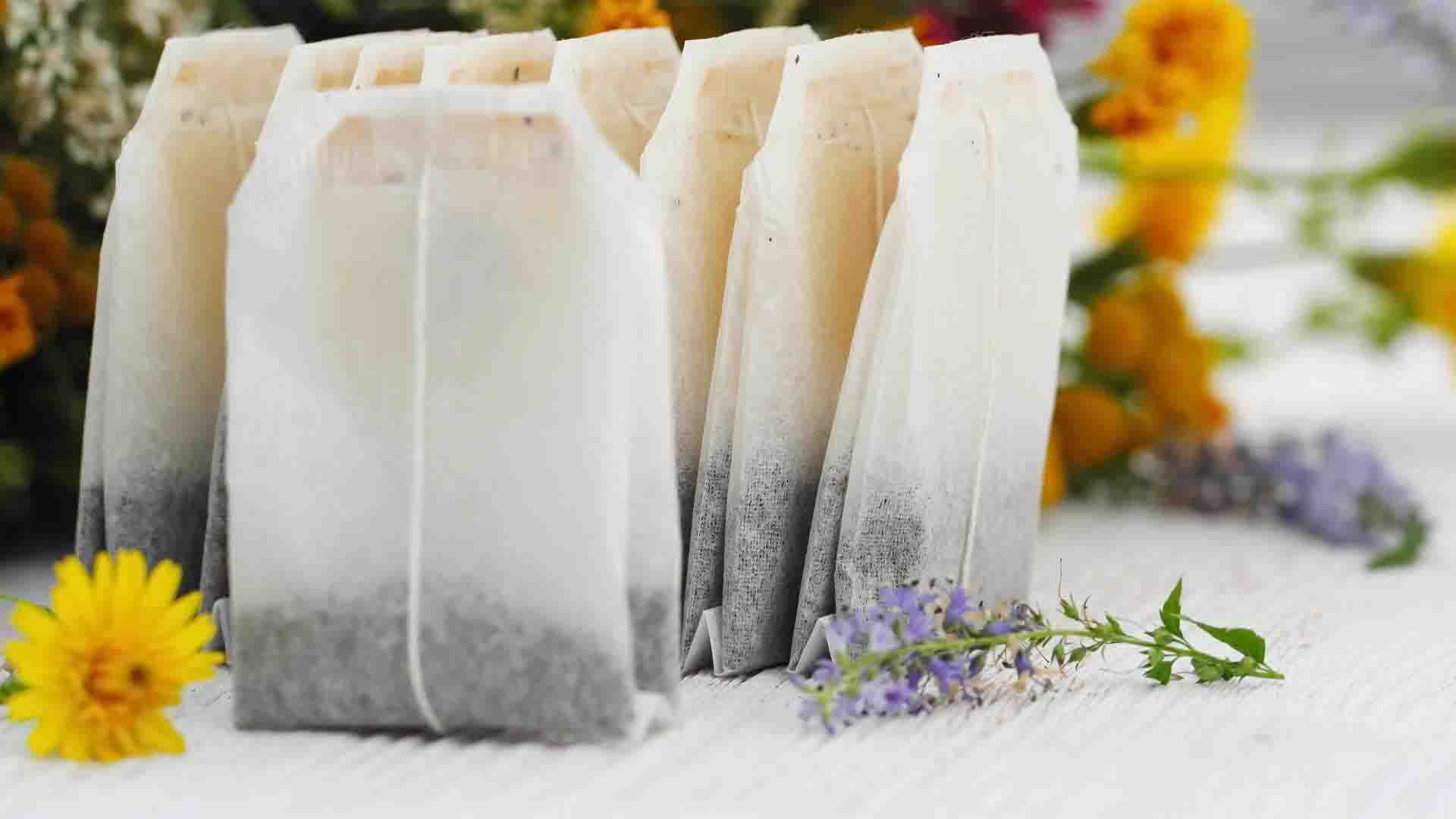
The STB Leaf Advantage: Elevating Your Cup, Elevating Your Health
A Fountain of Wellness: The Health Benefits of Whole Leaf Tea
In Bangladesh, tea is not just a daily pleasure but also a traditional remedy, with ginger tea used to soothe a sore throat and lemon tea to boost energy. This cultural belief in tea’s restorative properties is now supported by modern scientific research, which confirms that loose leaf tea is a powerful wellness ally.
Because of their minimal processing and whole-leaf form, premium loose leaf teas retain a higher concentration of beneficial compounds than tea bags. They are a rich source of polyphenols and catechins—powerful antioxidants that combat oxidative stress and reduce inflammation. These compounds help protect cells and may reduce the risk of chronic diseases. For example, the flavonoids in tea have been shown to support cardiovascular health by lowering blood pressure and LDL cholesterol levels, while the catechins in green tea can enhance metabolism and aid in weight management.
Additionally, loose leaf tea, especially green and oolong varieties, contains a unique amino acid called L-theanine. This compound, in combination with the moderate caffeine content, creates a state of “relaxed alertness,” improving focus, reducing anxiety, and boosting overall cognitive function without the jittery side effects often associated with other caffeinated beverages. By choosing high-quality, whole-leaf tea, one is not just enjoying a more flavorful beverage but also unlocking a more potent source of these health-boosting properties, transforming a simple daily habit into a conscious lifestyle choice.
A Taste of Terroir: The Art of Sourcing
The world of loose leaf tea offers an endless spectrum of flavors and varieties, a perfect match for the rich and diverse tea culture of Bangladesh. While tea bags are often limited to a few standard options, the premium loose-leaf market provides an opportunity to explore a vast array of teas, from classic black and green teas to more unique and delicate varieties like White Tea and Oolong.
For a country that has perfected traditional preparations like Masala tea, Tandoori tea, and even the celebrated Seven-Layer tea, the flexibility of loose leaf tea is an invaluable asset. It allows for precise dosing and the addition of aromatic spices, enabling the modern tea enthusiast to perfect their favorite traditional recipes.
The growing domestic consumption of tea in Bangladesh, coupled with the rising demand for high-end variants, creates a significant opportunity for the local market to embrace quality loose-leaf teas. By focusing on carefully sourced, high-quality leaves, premium providers are able to offer products that live up to the promise of superior health and flavor. This commitment to the art of sourcing ensures that every cup brewed from whole leaves delivers a rich experience that honors both the local tradition and the global standard of quality.
Making the Switch: Simple Steps to a Superior Cup
Transitioning to loose-leaf tea may seem daunting, but it is far simpler than one might imagine. The perception that it requires complex, time-consuming preparation is a major deterrent. However, brewing a superior cup of tea is a straightforward process that requires only a few simple accessories. Beyond hot water and a mug, all that is needed is a method to infuse the tea leaves, such as a tea infuser, a small teapot, or even a simple paper filter. These tools are widely available and make the process incredibly easy.
Beyond the practical steps, brewing loose-leaf tea is an opportunity to cultivate a mindful ritual. Taking a few moments to measure the leaves, watch them unfurl, and enjoy the rich aroma can serve as a calming and stress-reducing experience in the midst of a busy day. It is a simple act of self-care that connects a person to an ancient tradition and transforms a mundane habit into a moment of peace and reflection.

The Choice is Yours
The choice between loose-leaf tea and tea bags is a choice between two distinct experiences. While tea bags offer unparalleled convenience, they do so by compromising on quality, flavor, and health benefits. The fine dust and fannings they contain yield a weak and often bitter brew, limiting the drinker to a singular, fleeting cup.
In contrast, high-quality loose-leaf tea offers a superior experience in every measurable way. It provides a richer, more complex flavor profile, more potent health benefits, and a surprising economic advantage on a per-cup basis. More than a beverage, loose-leaf tea is a ritual, a connection to a deep tradition, and an investment in one’s well-being. By embracing loose-leaf tea, one transforms a simple daily habit into a more authentic, rewarding, and healthful experience.
Ready to elevate your daily ritual and experience the true difference? Explore a curated collection of premium loose-leaf teas and begin your journey to a superior cup today.
Frequently Asked Questions (FAQ)
- What is the main difference between loose-leaf tea and tea bags?
The main difference lies in the quality and form of the tea leaves. Loose-leaf tea is made from whole, unbroken leaves, while most commercial tea bags are filled with “fannings” and “dust”—the leftover, finely broken fragments that have lost much of their essential oils and aroma.
- Is loose-leaf tea really more expensive than tea bags?
While the initial purchase price of a loose-leaf tea package may be higher, it is not necessarily more expensive in the long run. High-quality loose-leaf tea can be steeped multiple times (often 2-4 times) without a significant loss of flavor, which makes the cost per cup significantly lower than that of single-use tea bags over time.
- How do I brew loose-leaf tea without special equipment?
Brewing loose-leaf tea is simple. While a teapot is ideal, you can easily use a tea infuser or a paper tea filter, which are widely available and can be placed directly into a mug or cup with hot water. This allows the leaves to expand and infuse properly.
- Can I use loose-leaf tea to make traditional Bangladeshi milk tea or Masala tea?
Yes, loose-leaf tea is ideal for making traditional Bangladeshi preparations like milk tea, Masala tea, or Tandoori tea. The ability to control the quantity and quality of the leaves allows for the perfect balance of flavors with milk and spices.
- How do I store loose-leaf tea to keep it fresh?
Loose-leaf tea should be stored in an airtight container away from direct sunlight, heat, and moisture. This prevents the leaves from losing their freshness and aroma.
- How many times can I steep the same loose tea leaves?
The number of times you can re-steep loose-leaf tea depends on the quality and type. High-quality teas, especially Oolongs and certain Green teas, can be re-steeped 2-4 times or more. The taste will evolve with each infusion.
- Are there any health benefits to drinking loose-leaf tea?
Yes, loose-leaf tea is rich in powerful antioxidants and beneficial compounds like polyphenols, catechins, and L-theanine. These compounds support cardiovascular health, boost metabolism, improve cognitive function, and strengthen the immune system.
- What is the best way to choose a loose-leaf tea for a beginner?
For beginners, it is recommended to start with a popular and well-balanced variety such as a premium Black tea or a high-quality Green tea. These varieties offer a rich flavor profile and are easy to brew, providing an excellent introduction to the world of whole-leaf tea.
- What are some popular types of loose-leaf tea in Bangladesh?
While black tea is the most popular, there is a rising interest in a variety of loose-leaf options. Popular types include high-grown Black Tea, delicate Green Tea, and even more nuanced varieties like White Tea and Oolong.
- Is loose-leaf tea better for the environment?
Many high-quality loose leaf teas are considered more environmentally friendly than traditional tea bags. Most tea bags are not fully biodegradable due to the use of plastic-based materials in their construction, while loose-leaf tea and its packaging (such as paper filters or compostable bags) break down more easily.


